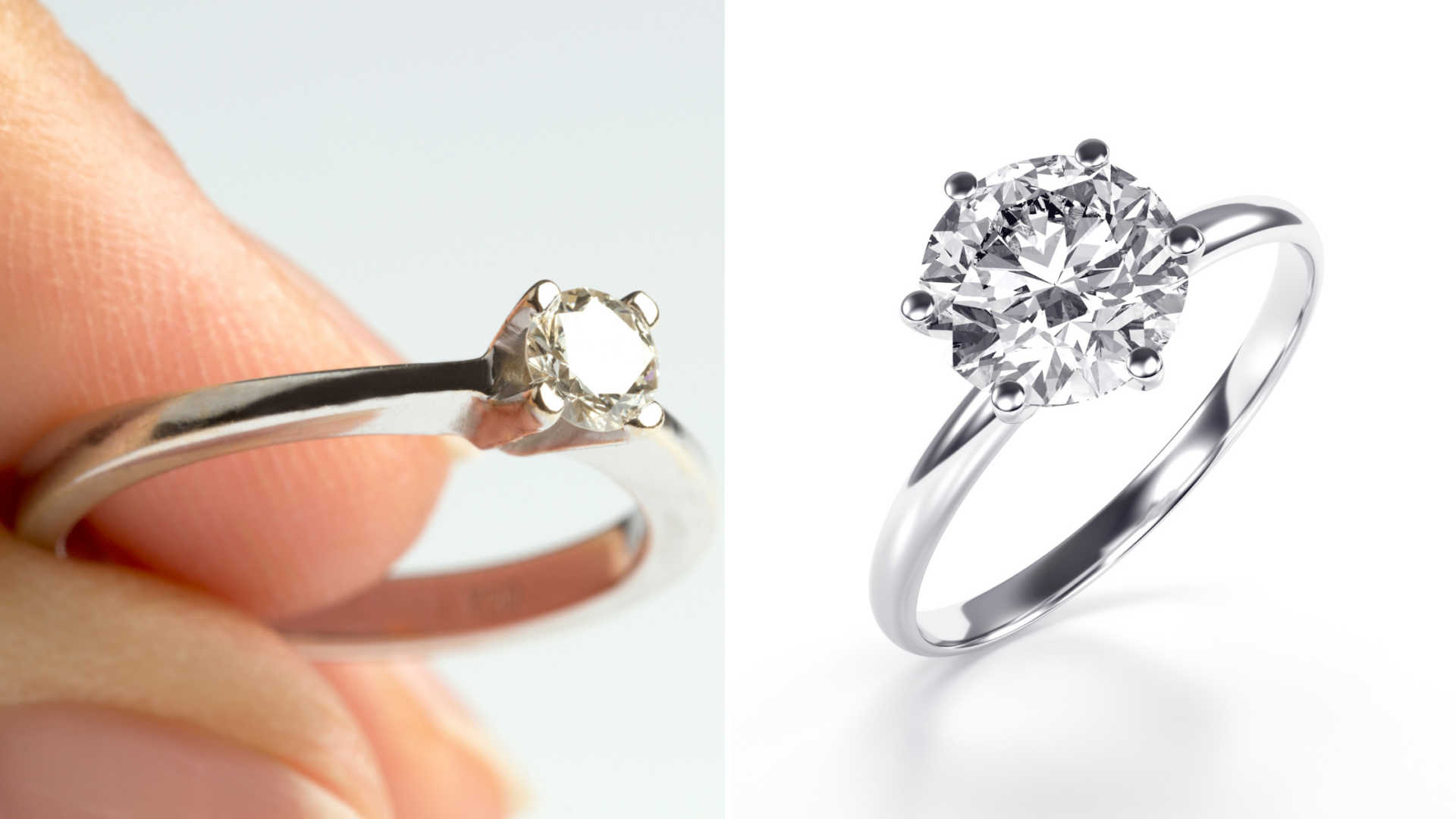Is it better for the appraiser to evaulate a loose diamond rather than one that is already in a setting? So if I were to buy a loose diamond from an internet seller, I should have them send the diamond to my chosen appraiser. However, if I want a setting from the same internet seller, the appraiser would have to send the diamond back for the seller to mount it on the setting. This is where I''m confused. To ensure the my diamond is actually in the setting, do I have to send it to the appraiser a second time? Or can I just read the numbers (if laser engraved) using a loop?
Some internet sources, like WF, offer so called "free verification":
Every diamond and/or ring that is sold by Whiteflash.com is primarily inspected by our in house expert. In addition, every loose diamond and/or diamond ring is personally inspected by an independent appraiser who issues a signed Letter of Verification confirming:
1. The weight/color/clarity of the diamond and that all measurements match the original grading document from AGS, GIA or EGL.
2. Laser inscriptions (where they apply)
3. Setting details
4. Approximate retail replacement value.
This Letter of Verification accompanies your purchase, confirming the contents of your package and ensuring your secure shopping experience.
Can there "independent" appraiser be trusted?
Thanks for helping out this newbie.

Some internet sources, like WF, offer so called "free verification":
Every diamond and/or ring that is sold by Whiteflash.com is primarily inspected by our in house expert. In addition, every loose diamond and/or diamond ring is personally inspected by an independent appraiser who issues a signed Letter of Verification confirming:
1. The weight/color/clarity of the diamond and that all measurements match the original grading document from AGS, GIA or EGL.
2. Laser inscriptions (where they apply)
3. Setting details
4. Approximate retail replacement value.
This Letter of Verification accompanies your purchase, confirming the contents of your package and ensuring your secure shopping experience.
Can there "independent" appraiser be trusted?
Thanks for helping out this newbie.






300x240.png)